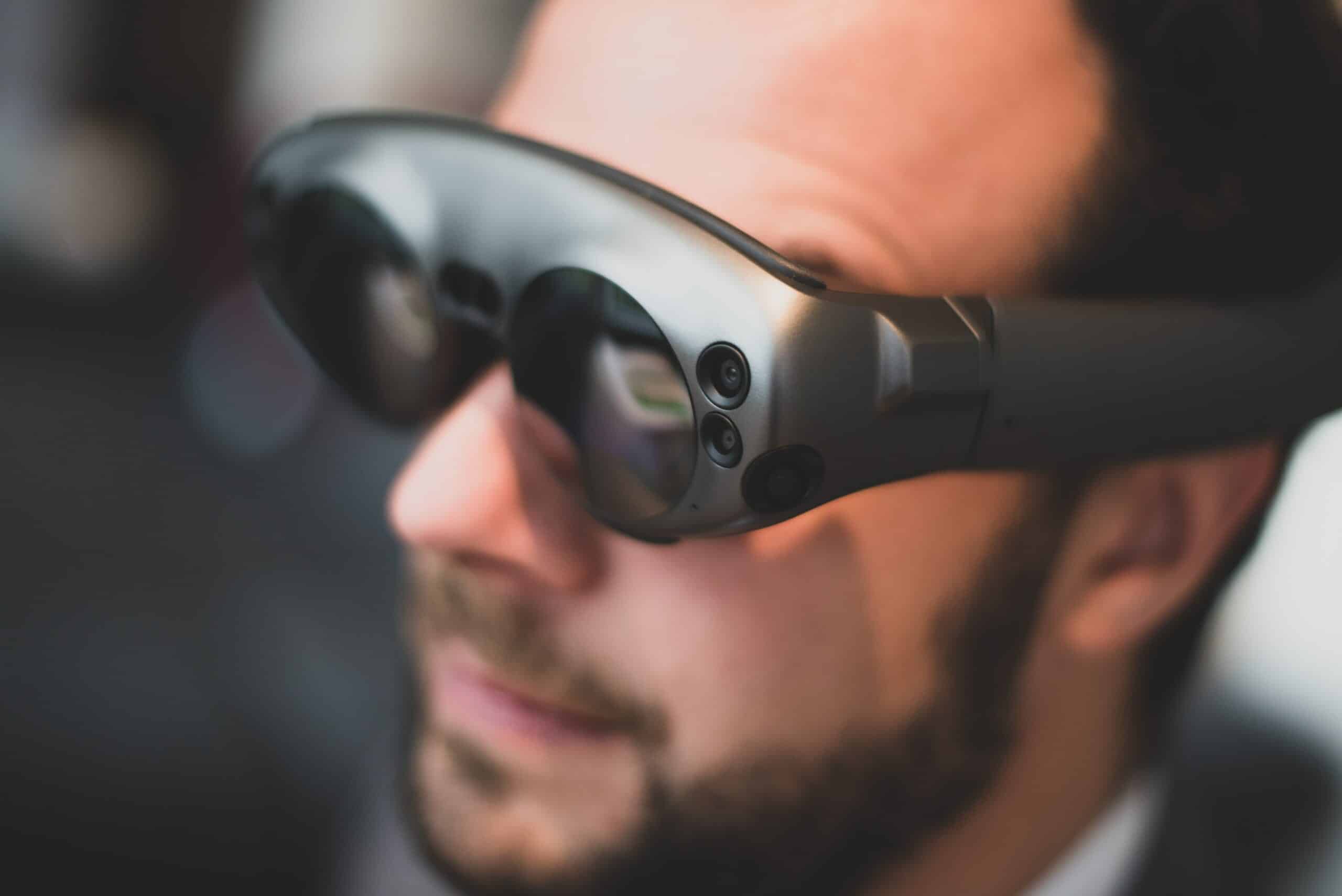What is augmented reality (AR)?
In this article, we take a closer look at what Augmented Reality is and all the fat things you can do with it.


Enter the conversation with Koen!
AR, VR, MR; abbreviations you've probably seen passing by on the internet. Or maybe you're thinking, what are you talking about? Just a quick look at the differences:
- With augmented reality (AR) a virtual layer is added to what you see of the physical world. This layer can consist of music, videos or, for example, photos and graphics. A well-known example of this is Pokémon Go.
- With virtual reality (VR) you step into an entirely virtual world. You put on glasses and suddenly find yourself on a roller coaster, for example. In this process, you therefore see no direct relationship between the real world and the virtual one.
- Mixed reality (MR) is the most unknown in this list. With MR, a detailed scan of the environment is made after which a virtual layer is added. This layer can interact with the environment but also, for example, with itself. Mixed reality is thus a combination of AR and VR.
So with AR, elements are added to what you see of reality. You enrich your environment with information or entertainment, as it were. A technical challenge here is to scan the environment to add the layer of extra content. For instance, if you want to see how a painting looks above the sofa, you could solve this with AR. What is important is that the painting is shown in the right place and that the proportions are right.
Markers
This used to be solved with 'markers'. With these markers, often black-and-white images that you had to print out and hang up, the system knew where to generate what. In itself a fine application but not everyone was waiting for all those black-and-white images on the wall. Today, improvements in software and hardware allow us to do 'markerless' tracking. By scanning a user's surroundings, applying image recognition and using GPS, for instance, markerless tracking can estimate the environment so that the augmented layer can be added correctly.
With these developments, the line between AR and MR also immediately blurs. The only important difference between AR and MR is that AR does not necessarily need a 3D display. For instance, you can perfectly well view an augmented reality layer on your tablet or phone (monoscopic). However, to have the full experience of mixed reality, it is important to view it with a stereoscopic view.
AR application
The potential of AR is huge. Think of online shopping, for example: how nice would it be if you could see how a particular piece of clothing looks on you from home? Or that the choice between red or grey trainers becomes even easier? Wanna Kicks is a great example of this:
Navigation is another great example. Applying an AR layer in the car would allow you to see direction indicators projected onto the road. So no more hassle looking at a screen or unclear lane markings. A nice addition here is that based on image recognition, the navigation can even better determine which way you are looking. See how Google Maps does this:
As you can see, there are fun and useful applications for AR. Augmented reality is also an interesting one in the game industry, museums and, for example, the use of manuals.
Want a no-obligation sparring session on the possibilities of augmented reality? Then start a chat or call us on 020-7051010!

